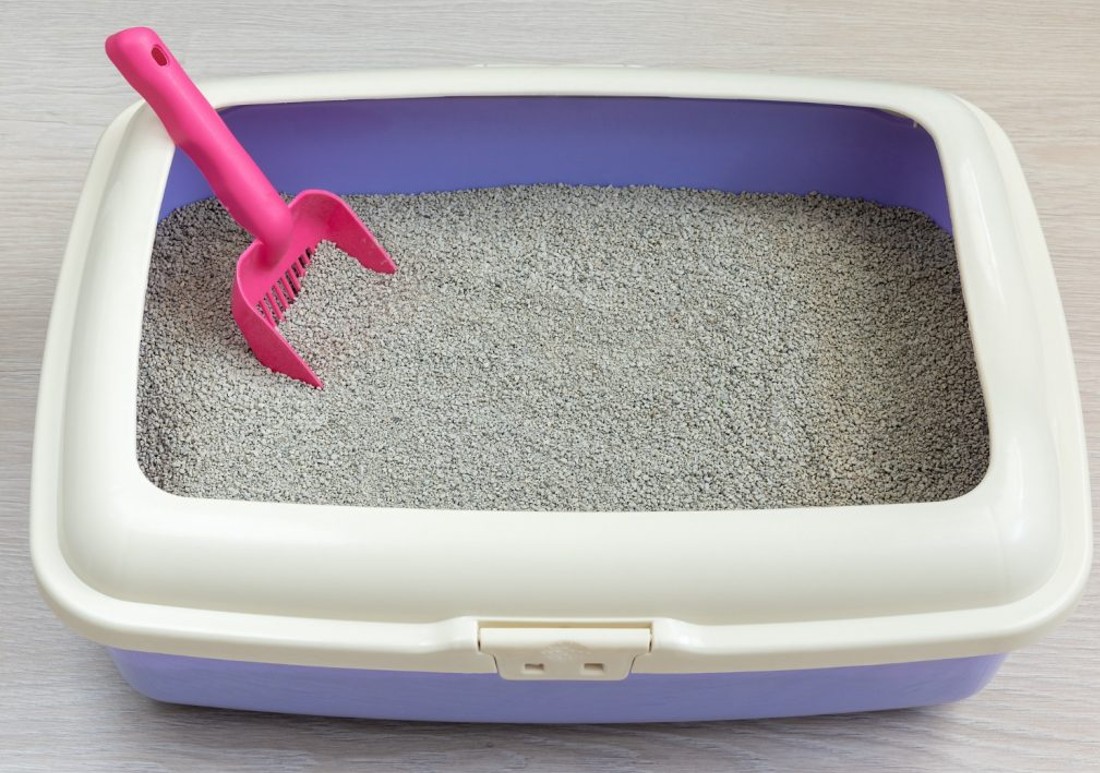Cat Litter Dos and Don’ts: Can You Flush Cat Litter Down the Toilet?

As a responsible cat owner, you’re likely aware that maintaining a clean and odor-free litter box is crucial for your feline friend’s well-being and your home’s comfort. However, when it comes to disposing of used cat litter, the question of whether you can flush it down the toilet often arises. While the idea of a quick and convenient disposal method is appealing, the reality is a bit more complicated.
In this comprehensive guide, we’ll explore the dos and don’ts of cat litter disposal, particularly the practice of flushing cat litter down the toilet. Understanding the potential risks and environmental impact is essential to making informed decisions that prioritize both your cat’s health and the well-being of our planet.
The Different Types of Cat Litter
Before we delve into the issue of flushing cat litter, it’s essential to understand that there are various types of cat litter available on the market, including clumping, non-clumping, clay-based, silica-based, and natural/biodegradable options. Each type has its unique characteristics and disposal considerations.
The Dos of Cat Litter Disposal
When it comes to cat litter disposal, adhering to a few essential dos can help maintain a clean and responsible environment for both you and your feline companion. Start by familiarizing yourself with local regulations and guidelines regarding pet waste disposal, as different areas may have specific rules in place.
Daily maintenance is crucial, so scoop the solid waste from the litter box and dispose of it in a designated trash bag or a compost bin designed for pet waste. For those inclined toward eco-friendliness, biodegradable cat litter options made from materials like wheat, corn, or recycled paper are available, providing a more environmentally conscious choice for cat owners.
The Don’ts of Cat Litter Disposal
Responsible cat litter disposal entails several important “don’ts” to keep in mind. Avoid flushing regular cat litter, especially clay-based or clumping varieties, as they can lead to plumbing clogs and damage. This advice is even more critical if you have a septic system, as flushing cat litter can disrupt the system’s bacterial balance, potentially resulting in costly repairs.
Additionally, cat feces can contain the parasite Toxoplasma gondii, which can be harmful to both humans and marine life. Flushing cat litter with this parasite can introduce it into water bodies, posing a risk to aquatic ecosystems. Lastly, steer clear of flushing litters that contain additives or fragrances not suitable for water treatment systems, as they can introduce harmful chemicals into the environment.
The Environmental Impact of Flushing Cat Litter
Flushing cat litter down the toilet may seem like a convenient option, but it can have severe environmental consequences. Cat feces often contain pathogens and parasites that are not effectively removed during the water treatment process. As a result, these contaminants can enter natural waterways, potentially harming aquatic life and posing health risks to humans.
Alternatives to Flushing Cat Litter
Responsible cat litter disposal alternatives offer eco-friendly and efficient ways to manage your pet’s waste. Consider using a litter genie, a convenient system that seals used litter in a plastic bag, effectively minimizing odors and mess while being kinder to the environment than flushing.
Another option is double-bagging and trash disposal—scoop used litter into a biodegradable bag, then double-bag it in a regular plastic bag before placing it in your trash bin. For those dedicated to reducing waste further, explore composting options for cat waste, but be sure to follow proper composting guidelines and keep cat waste separate from other compost to ensure safe and environmentally conscious disposal.
In Conclusion
Flushing cat litter down the toilet may seem like a convenient solution, but it poses risks to plumbing systems and the environment. Responsible cat litter disposal involves scooping and disposing of solid waste in a trash bag, using biodegradable litters, or exploring alternatives like litter genies and composting. Prioritizing your cat’s well-being and considering the environmental impact is essential when deciding how to manage cat litter waste.
Your Pet’s Best Interest, Always
At Pet Institute, we take pet care seriously. We're dedicated to transparency, impartiality, and the well-being of your pets in every article, review, and recommendation we provide. Our unwavering commitment to these principles ensures that you, our valued reader, always receive reliable and unbiased information. Let us be your trusted guide in the world of pet care and companionship.